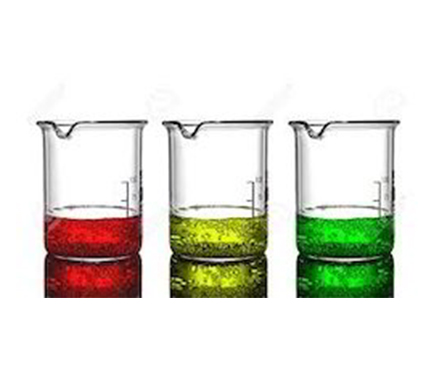Grignard Reagent Traders, Suppliers, & Distributors in India
Organometallic compounds known as Grignard reagents are often employed in organic chemistry to create carbon-carbon bonds. The French scientist François Auguste Victor Grignard made the first discovery in 1900 , for which he was given the Nobel Prize in Chemistry in 1912.
An organic halide, such as an alkyl or aryl halide, is commonly reacted with magnesium metal in the presence of anhydrous ether to produce Grignard reagents. The resultant Grignard reagent, which is a well-known distributors, traders, and suppliers in Mumbai, India, has the generic chemical formula R-Mg-X, where R is an organic group (such as an alkyl or aryl group), Mg is magnesium, and X is a halogen atom. Due to their high reactivity, Grignard reagents can create new carbon-carbon bonds by reacting with a range of electrophilic functional groups, including carbonyl compounds. Grignard reagents, for instance, can interact with aldehydes, ketones, or carbon dioxide to produce alcohols or carboxylic acids, respectively.

In many different organic synthesis procedures, Grignard reagents are a crucial tool for organic chemists. In industrial operations including the creation of medicines and agrochemicals, they are also employed.
Grignard reagents, however, may be quite reactive and need to be handled carefully. Because to the possibility of creating extremely flammable hydrogen gas through a reaction with water, they are normally manufactured and utilised under anhydrous circumstances. They must be handled and kept in a dry, inert environment since they are also sensitive to oxygen and moisture.In conclusion, Grignard reagents are crucial substances in organic chemistry that are frequently employed to create carbon-carbon bonds. They are extremely reactive and need to be handled carefully, yet they are a crucial tool for synthetic chemists and have several industrial uses.
Preparation of Grignard Reagents
Grignard reagents are organometallic compounds created when an organic halide, such as an alkyl or aryl halide, reacts with magnesium metal in the presence of anhydrous ether. The following stages are usually included in the manufacture of Grignard reagents:
- Drying glassware: To stop any moisture from reacting with the Grignard reagent, glassware and reaction containers must be completely dried.
- Weighing magnesium: To expand its surface area and boost reactivity, magnesium metal is chopped into little pieces and weighed..
- Preparing the reaction flask: The reaction flask is ready for use after being equipped with a condenser and a drying tube to stop moisture from getting inside. To prevent the reaction from becoming very exothermic, anhydrous ether is added to the reaction flask, and the flask is then cooled in an ice bath.
- Adding the organic halide: The organic halide is introduced dropwise to the reaction flask while being stirred, such as an alkyl or aryl halide.
- Purification: Distillation or other processes can be used to remove the ether solvent and any unreacted starting material from the Grignard reagent.
- Magnesium addition: The reaction flask is gradually filled with the little bits of magnesium metal while being stirred constantly. Hydrogen gas will start to bubble up and be released from the reaction mixture.